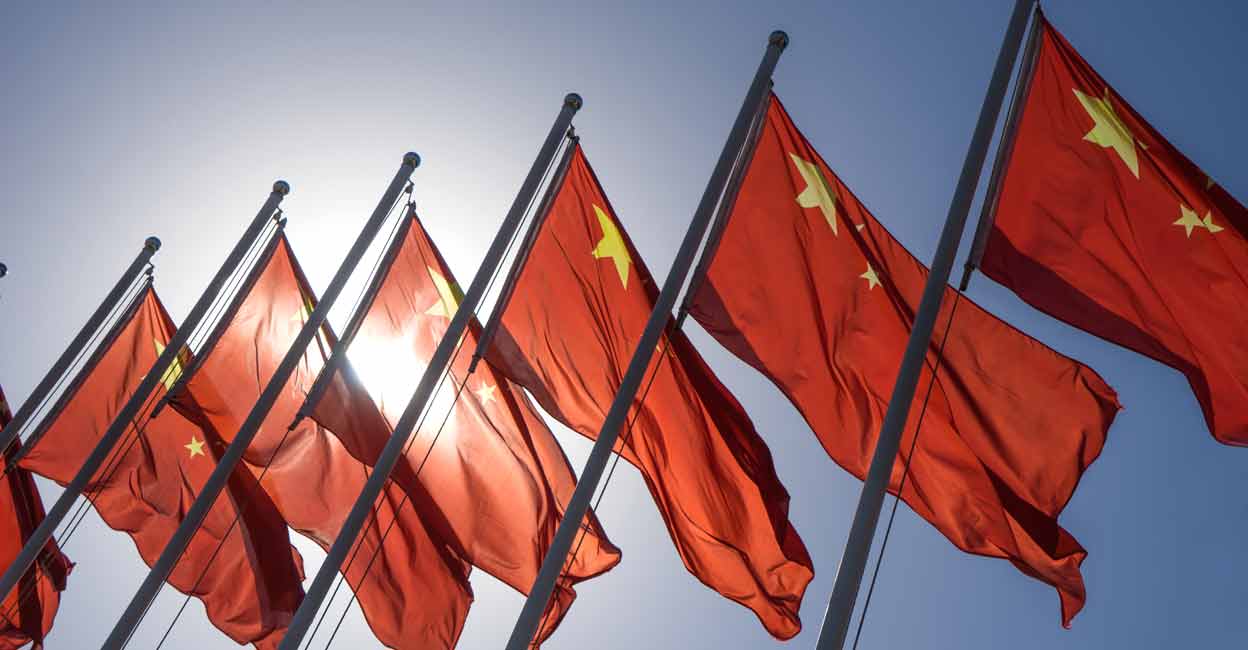Northwest China’s Xinjiang region is the first area to implement a government policy promoting integration among ethnic groups to achieve President Xi Jinping’s goal of establishing a unified national identity, Chinese media reported.
The regulation calls for the creation of mixed housing, themed venues and cultural parks, and sports and cultural activities that highlight characteristics of Chinese culture and promote zhonghua minzu — a single Chinese nationality that transcends ethnic divisions.
The policy has raised concern among China watchers and scholars, who say its goal is to further erase the cultural identity of Uyghurs and other Turkic peoples and subsume them into the dominant Han Chinese culture.
The measure, known as the “Regulation for Promoting Interaction, Communication, and Integration Between Ethnic Groups,” went into effect on Jan. 1 in the Ili Kazakh Autonomous Prefecture, a nearly 270,000-square-kilometer (104,000-square-mile) multiethnic area that borders Kazakhstan, Mongolia and Russia, according to a Jan. 16 report by China’s People’s Daily.
A mix of Han Chinese, Kazakhs, Uyghurs, Kyrgyz and other ethnicities live there.
Ili is serving as a test for the policy before the Chinese government rolls it out in other parts of the Xinjiang Uyghur Autonomous Region, experts say.
‘Ethnic genocide’
The policy implemented in the prefecture’s capital Ghulja “aims to dismantle the Uyghur mentality, submerging them within the Chinese population and ultimately eradicating their existence,” said Ilshat Hesen Kokbore, vice chairman of the executive committee of the World Uyghur Congress.
“It serves as a continuation of ethnic genocide, systematically dismantling Uyghur culture through this approach,” he said. “I fear that similar measures will soon be applied in Kashgar, Aksu, Kucha, Korla and numerous other locations.”
Adrian Zenz, director of China Studies at the Victims of Communism Memorial Foundation in Washington, said the regulation aims to “formalize a policy of assimilation and population dilution” for national security reasons.
“Many of the outlined regulations are not entirely new, but they formalize a policy of assimilation and population dilution, which makes this new initiative very significant,” said Zenz who has spent years documenting China’s human rights abuses against Uyghurs and has written about Beijing’s measures to dilute the ethnic Uyghur population in Xinjiang.
Leo Maillet, a doctoral student in the Faculty of Oriental Studies at the University of Geneva, expressed concern that Uyghur historical neighborhoods, traditions and culture could disappear at an even faster rate.
This policy “comes with not only symbolic, but also physical violence of replacing Uyghur spaces by Chinese spaces,” he said, as it implies that Chinese traditional architecture and cultural centers will replace Uyghur traditional teahouses, mosques and marketplaces — a destruction of both architectural forms and social forums.
“And in this sense, I think it does not only fit the definitions of genocide, but also the definitions of ecocide in the way that it is not only distracting Uyghurs as a group, but also the Uyghur region, “ Maillet said.
The policy was approved by the Standing Committee of the People’s Congress of Ili Kazakh Autonomous Prefecture on Aug. 25, 2023. It received approval from the Standing Committee of the National People’s Congress of the Xinjiang Uyghur Autonomous Region on Nov. 23.
Niyaz Hashim, known as Niyazi Asim in Chinese, director of the Standing Committee of the People’s Congress of Ili Prefecture, told state-run People’s Daily that the regulation was a result of President Xi’s instructions on “consolidating the sense of community among the Chinese nation,” stemming from his several visits to Xinjiang since he was elected general secretary of the Communist Party in November 2012.
“The regulation is primarily designed to create unity among the Han Chinese ethnicity and various ethnic groups,” he was quoted as saying.
Symbolic location
Ili prefecture’s capital Ghulja, called Yining in Chinese, has deep symbolic significance for Uyghurs as the site where the East Turkistan Republic was founded.
On Nov. 7, 1944, Uyghurs and other Turkic peoples rebelled against Chinese rule in Ghulja and declared independence as a separate republic five days later. The rebellion was crushed by the Chinese Communists, but Uyghurs still prefer to call their homeland East Turkistan.
Ilshat Hasan Kokbore said he believes that the integration regulation signals that Beijing’s genocidal policy against Uyghurs and other Muslims has entered a new stage.
The Chinese government selected Ili prefecture given its role in expressing and preserving Uyghur nationalism, history, nationality, culture and religion, and now wants to eradicate Uyghur identity and aspirations for independence, he said.
“Instead, they seek to impose the zhonghua ideology,” he told RFA. “The ultimate goal of China is uniting not only the Uyghurs, but all ethnic groups, into a single nation.”
To this end, local government authorities in Xinjiang already have doubled the Han Chinese population in Xinjiang, arbitrarily detained Uyghurs and other Turkic peoples, destroyed religious structures and historical records, and forced Uyghurs to speak Chinese.
The regulation in Ili prefecture took effect weeks before China’s Universal Periodic Review — a comprehensive review of its human rights record — at the U.N. Human Rights Council in Geneva, Switzerland. During the review, Chinese government representatives on Jan. 22 defended Beijing’s policies in Xinjiang, while the U.S. representative to the United Nations condemned its ongoing genocide and crimes against humanity there.
Despite China’s denial of rights violations and assertions of normalization and development in Xinjiang, Western states continue to raise alarms about continuing repression, arbitrary detentions and enforced disappearances of Uyghurs and others.

